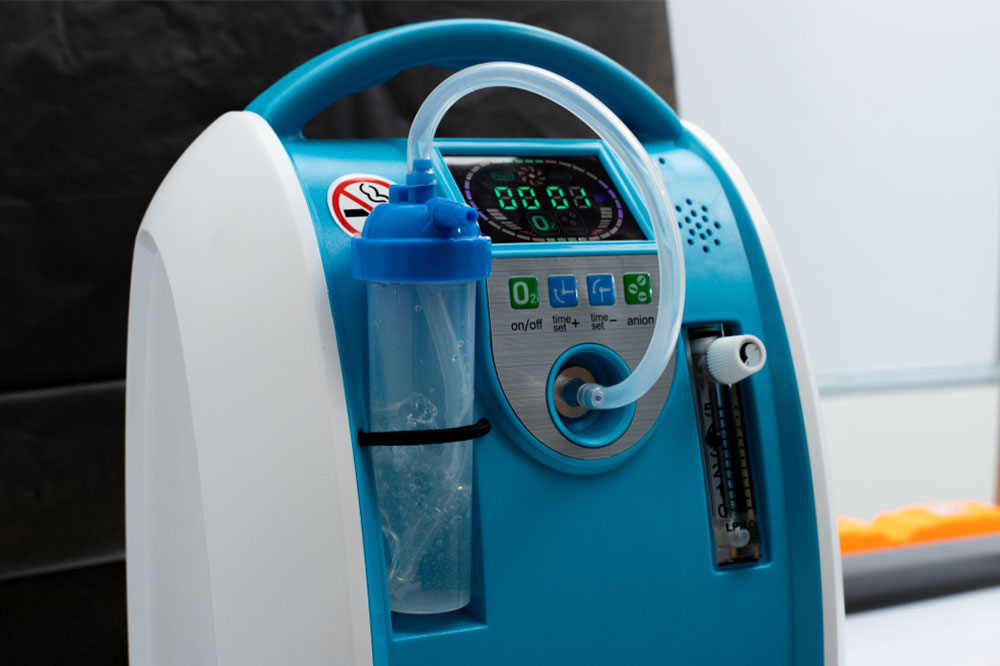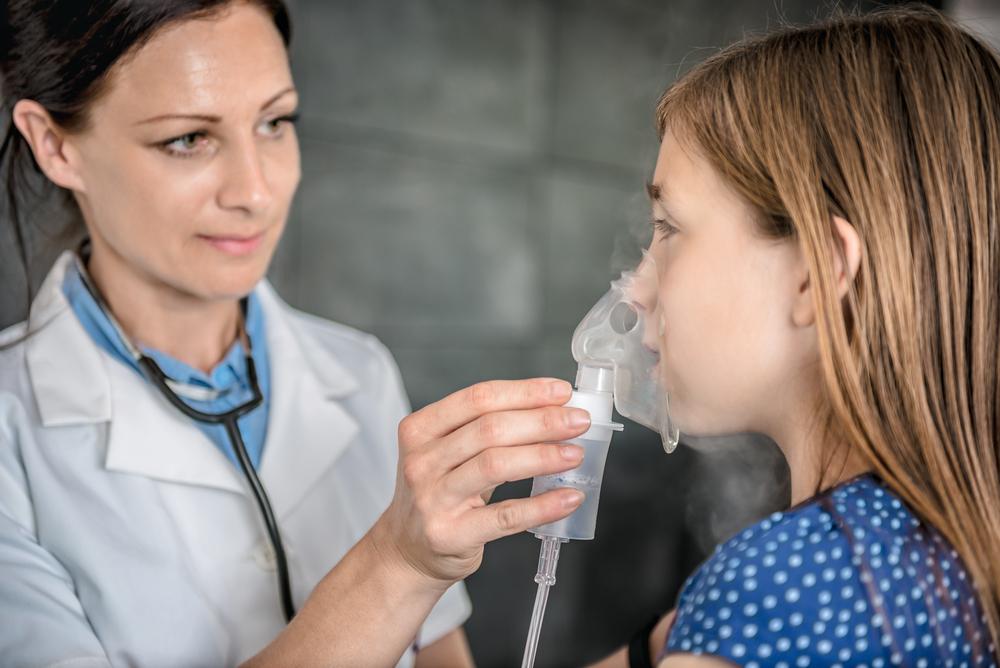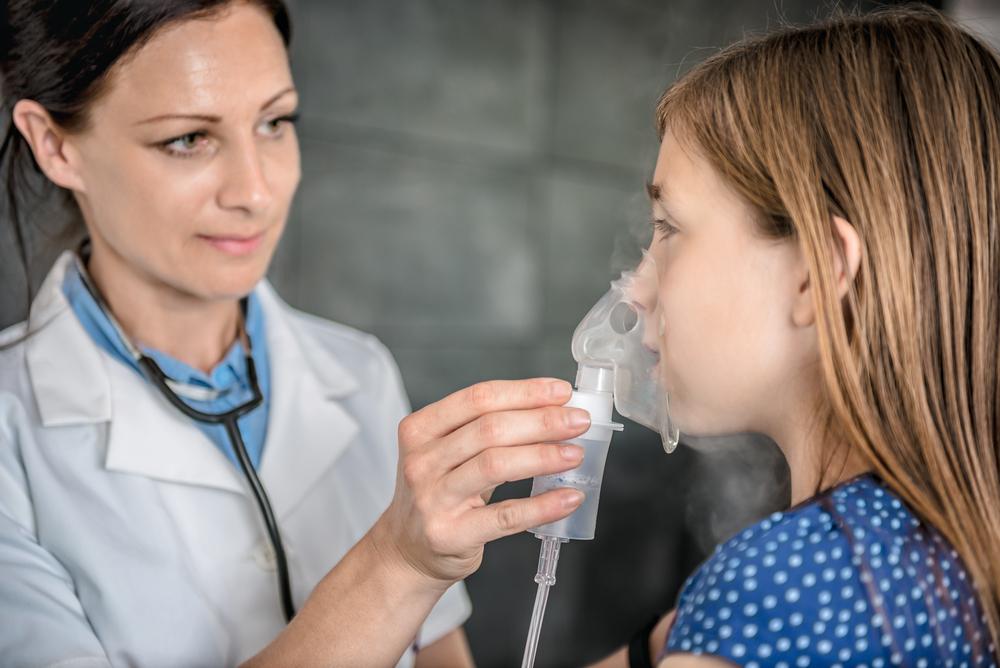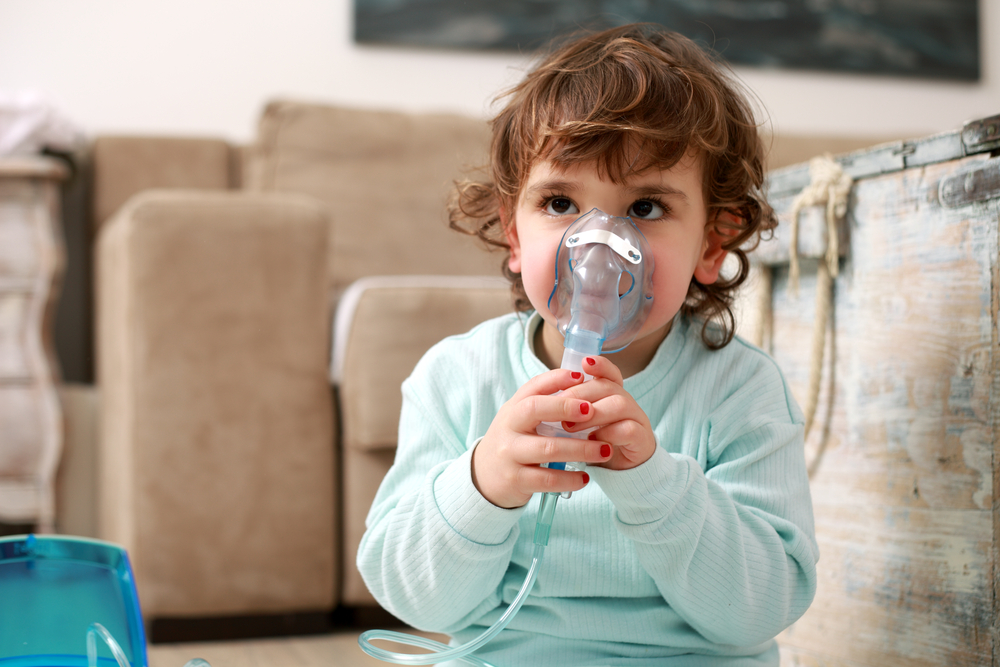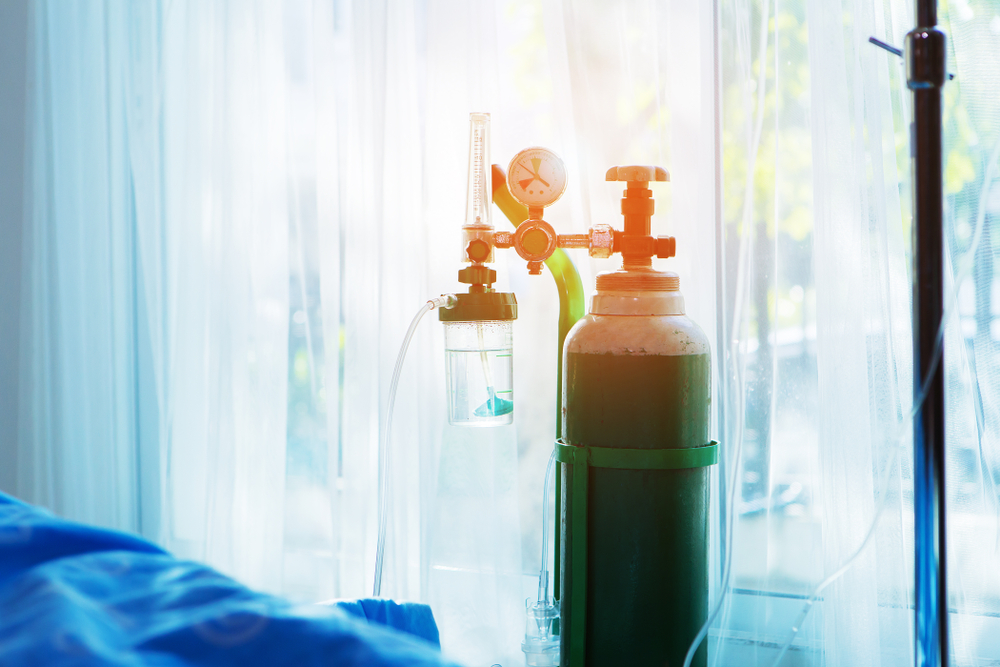Essential Guidelines for Using Portable Oxygen Devices Safely
This article provides essential safety tips and best practices for using portable oxygen concentrators effectively. It emphasizes risks like fire and injury, and offers practical advice on device handling, maintenance, and precautions to ensure safe oxygen therapy. Ideal for users, caregivers, and healthcare providers, it highlights the importance of proper use and safety features like pulse dose technology. Following these guidelines helps prevent hazards and maximizes the benefits of portable oxygen devices for respiratory support.
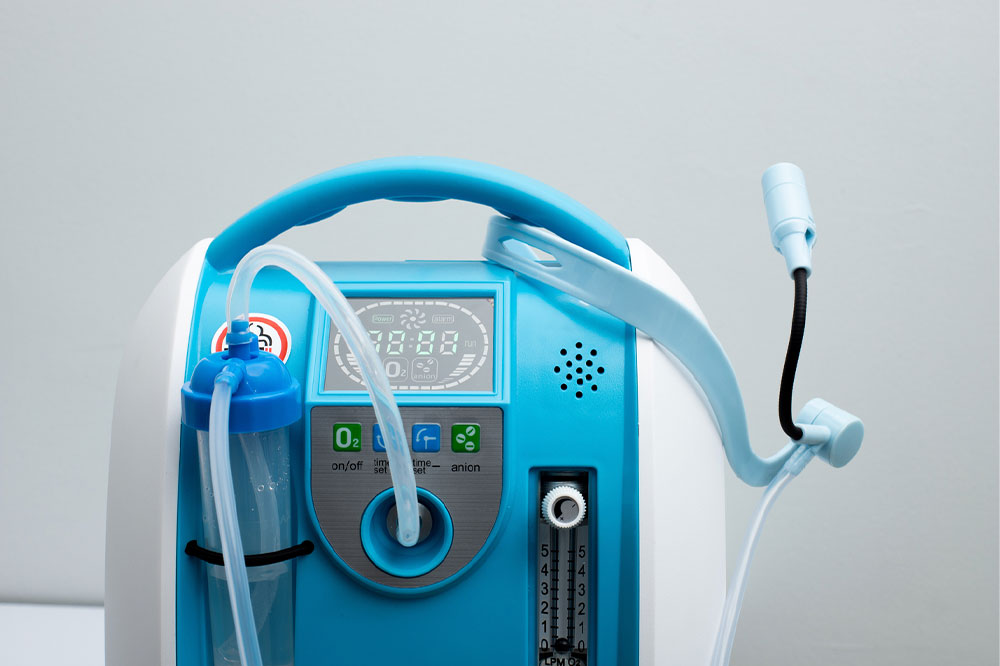
Essential Guidelines for Using Portable Oxygen Devices Safely
A lightweight, portable oxygen device, commonly referred to as a POC, is a medical tool designed to administer oxygen therapy to individuals needing higher oxygen levels than the ambient air provides. Similar to home oxygen concentrators but more compact, these units are ideal for use at home, outdoors, and during travel. Proper handling and safety measures are vital to prevent risks associated with oxygen therapy.
Potential Risks of Portable Oxygen Machines
While these devices are predominantly intended for home use, mishandling or improper use can pose hazards.
Key dangers linked to portable oxygen concentrators include:
Fire Hazards
Oxygen supports combustion, making fires more intense and difficult to control. Sparks near oxygen sources can lead to serious property and health damage.
Injury Risks
Since oxygen units and tanks operate under high pressure, accidental damage can turn them into dangerous projectiles.
Contamination
Poor maintenance or incorrect usage can lead to infections. Regular replacement of tubing and cannulas is essential for safety.
Maintaining good hygiene, especially hand cleanliness, is crucial.
Oxygen Toxicity
Excess or insufficient oxygen intake can be harmful or deadly. Always follow your doctor’s prescribed oxygen levels and usage schedule.
Advantages of Portable Oxygen Machines
Portable oxygen concentrators provide medical-grade oxygen comparable to traditional tanks, but with advanced safety features. They utilize ‘pulse dose’ technology that delivers oxygen only when you inhale, enhancing efficiency and safety. If the cannula is removed, oxygen flow stops automatically, reducing fire risk.
Designed for convenience, these compact devices are lightweight and shaped to prevent injury if bumped. Their small size eliminates the need for carts or wheels, reducing tripping hazards.
Safety Tips for Daily Use
To maximize safety, follow these recommendations:
Use Correctly Fitted Devices : Ensure masks fit snugly without gaps, and nasal cannulas are positioned properly for optimal oxygen delivery.
Exercise Caution in Bathrooms : Avoid exposing the device to moisture; if necessary, use long tubing, exhaust fans, and detachable showerheads for safety.
Avoid Open Flames : Keep devices away from flames, candles, gas stoves, and avoid cooking while on oxygen therapy.
Proper Storage : Do not place the concentrator in confined or cluttered spaces where oxygen can rapidly deplete and pose risks. Maintain at least 10 inches of clearance around the device.
Avoid Pollutants : Keep the device away from dust, fumes, and allergens. If contamination occurs, turn off the device, detach the cannula, and move to a clean area.
Medical Disclaimer:
The information on this platform aims to inform and assist readers across various topics. It should not replace professional medical advice. Always consult healthcare professionals for guidance. The company disclaims liability for inaccuracies or issues from external sources or unaddressed offers.

